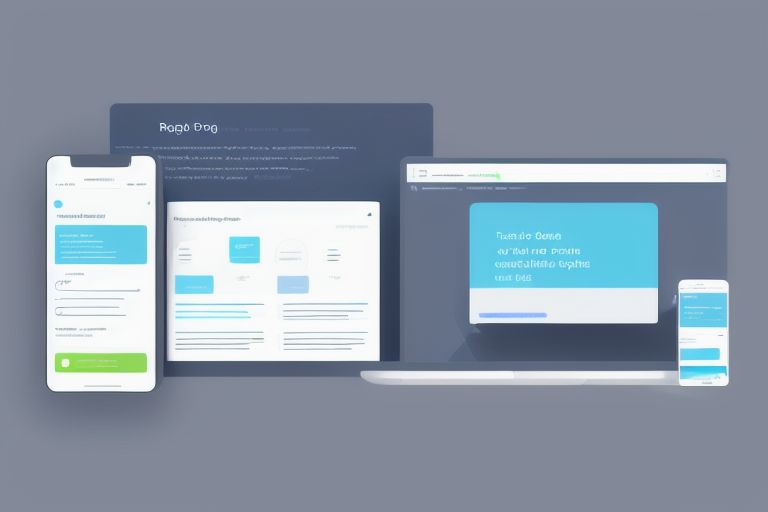Rapid Prototyping: My Process and Tools as an Indie Hacker
Rapid Prototyping: My Process and Tools as an Indie Hacker

In the winding maze of the tech world, there’s one beacon that has significantly aided my navigation as an indie hacker: the approach of rapid prototyping. This ingenious process lets you breathe life into your product ideas in a jiffy, without investing extensive effort and resources into building a comprehensive application. The key advantage? Speed, iterative enhancements, and a testing ground for your assumptions to refine the concept. So, let me share with you the contours of my process and the tools I cannot do without while transforming my ideas into tangible products.

Our amazing team is always hard at work
The Need for Rapid Prototyping
The pivot towards rapid prototyping was a demand-driven transition. Wearing multiple hats as an indie hacker – the developer, the designer, the marketer, and even customer support – every second of my time is a valuable asset. Thus, methods to validate ideas and make quick improvements are indispensable.
Rapid prototyping serves as my experimental trial before crafting the entire product. It helps me gauge if the core idea holds promise before I dive headfirst into the development phase. Furthermore, it’s an excellent platform to gather preliminary user feedback, spot usability glitches, and make necessary adjustments.
My Rapid Prototyping Process
The way I execute rapid prototyping isn’t rigid; it’s a dynamic, ever-evolving process. Still, it usually traces these fundamental steps:
Ideation: It all starts with an idea. What problem am I addressing? Who’s my audience? Answers to such questions mold the concept into a possible product.
Sketching: After ideation, I sketch a basic design of the product. This stage focuses on visualizing the concept, understanding user paths, and plotting functionalities. It’s an old-school pen and paper routine.
Digital Prototyping: Once the visualization is clear, I start with digital prototyping. This is where my choice of tools come to the fore.
User Testing: With the digital prototype ready, I put it through rigorous testing, initially by myself and then with a group of potential users. This exercise helps highlight glaring design issues and user-experience hiccups.
Iterating: Based on the feedback received, I refine the prototype and retest. This cycle repeats until I’m content with the outcome.
My Favorite Tools
Over time, I’ve experimented with a variety of tools for prototyping. However, the ones I truly swear by are:
Figma: Figma tops my list for digital prototyping. Its user-friendly interface streamlines design and prototyping. Moreover, its real-time collaboration feature proves fantastic for procuring instant feedback.
PHPStorm: When it comes to Laravel projects, PHPStorm is my preferred tool. It’s robust, efficient, and facilitates smooth coding, making it perfect for intricate backend development.
VS Code: For mobile development using Flutter, I opt for VS Code. It’s versatile, has excellent plugin support, and provides an overall smooth development experience.
Concluding Thoughts
Rapid prototyping is a game-changer for indie hackers. It’s not just cost-effective and time-saving, but it also significantly enhances the probability of creating a product that users genuinely appreciate.
Remember, the primary goal of rapid prototyping isn’t to produce a pixel-perfect rendition of your product. It’s to validate your idea and extract as much learning as you can during the process. So, arm yourself with these tools, prototype rapidly, iterate faster, and get ready to build something incredible!

